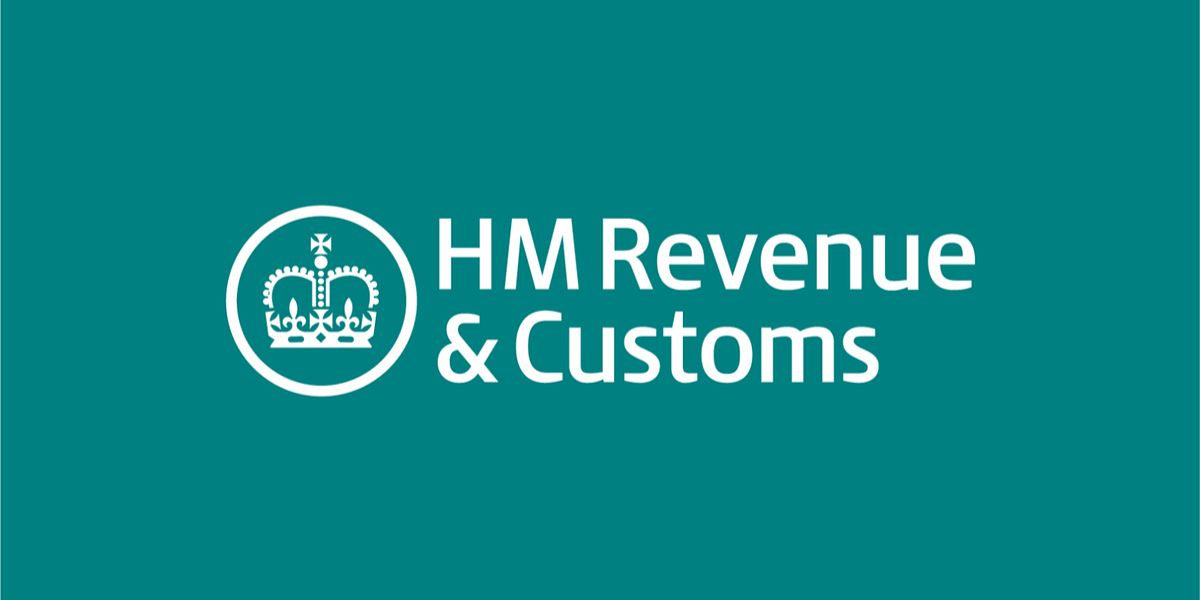A change to the VAT regulations in the UK will affect partly exempt businesses that have establishments both inside and outside the UK. The changes have been made in response to the ruling of the European Court of Justice (ECJ) in the Le Credit Lyonnais case. The Court found that the EU VAT Directive did not permit a company to take into account the turnover of foreign establishments in its computation of deductible input tax in the home country using a “single pot” computation.
In March 2015 the UK announced plans to exclude the supplies of overseas branches from methods for computing input tax in a partial exemption situation. Following consultation on draft regulations the necessary changes are now being made to the VAT Regulations 1995 but they are more limited than originally proposed. A change is being made to Regulation 101 to clarify that the value of supplies from establishments outside the UK cannot be included when businesses are using the standard method of computing deductible input tax.
The VAT Regulations are also being amended to clarify that where a sectorized method is used (normally where there are different business activities that use costs in different ways) each sector must reflect the use to which the costs are put in the business in that particular sector, as well as the business structure and type of activity in the sector. Only in a sectorized method can the value of supplies from establishments outside the UK be taken into account.
The changes will take effect in relation to the standard method and to special methods approved by HMRC for periods beginning on or before 1 January 2016. Businesses using the standard method that are affected by the changes may apply to use a special method. In some cases where there is a material difference between the result of using the standard method and a special method reflecting the use of input tax supporting overseas supplies HMRC may direct the use of a special method.
Businesses are expected to keep sufficient records to demonstrate the allocation of VAT-bearing costs to parts of the business represented by sectors and the use of those costs in each sector.


















